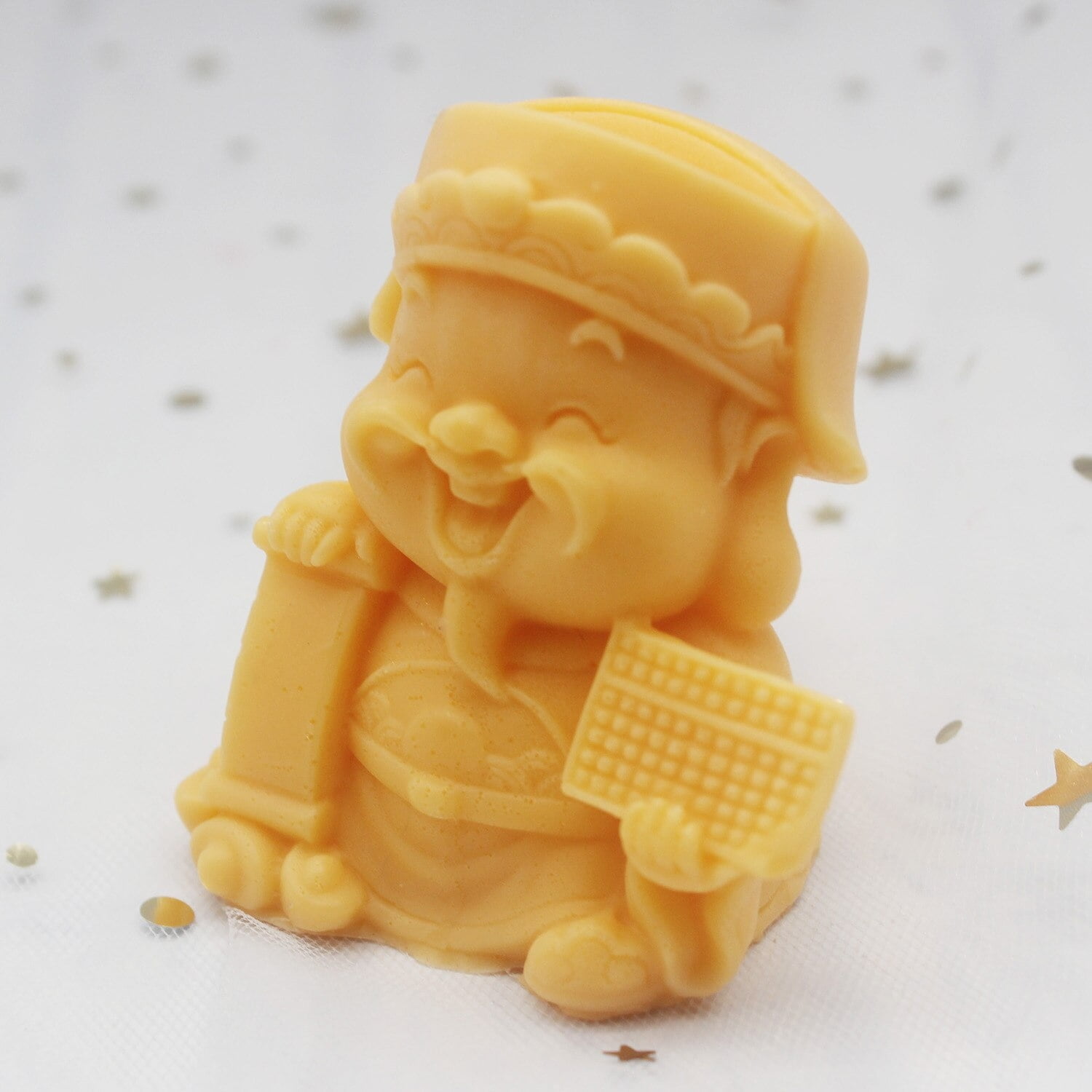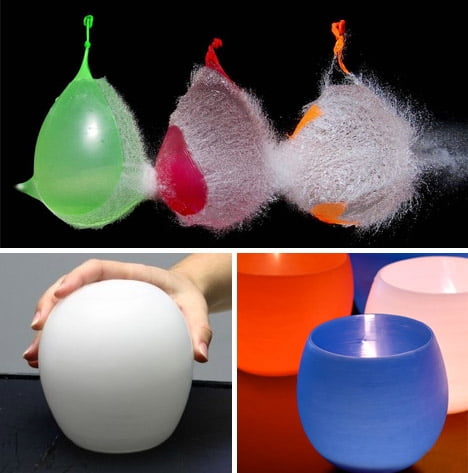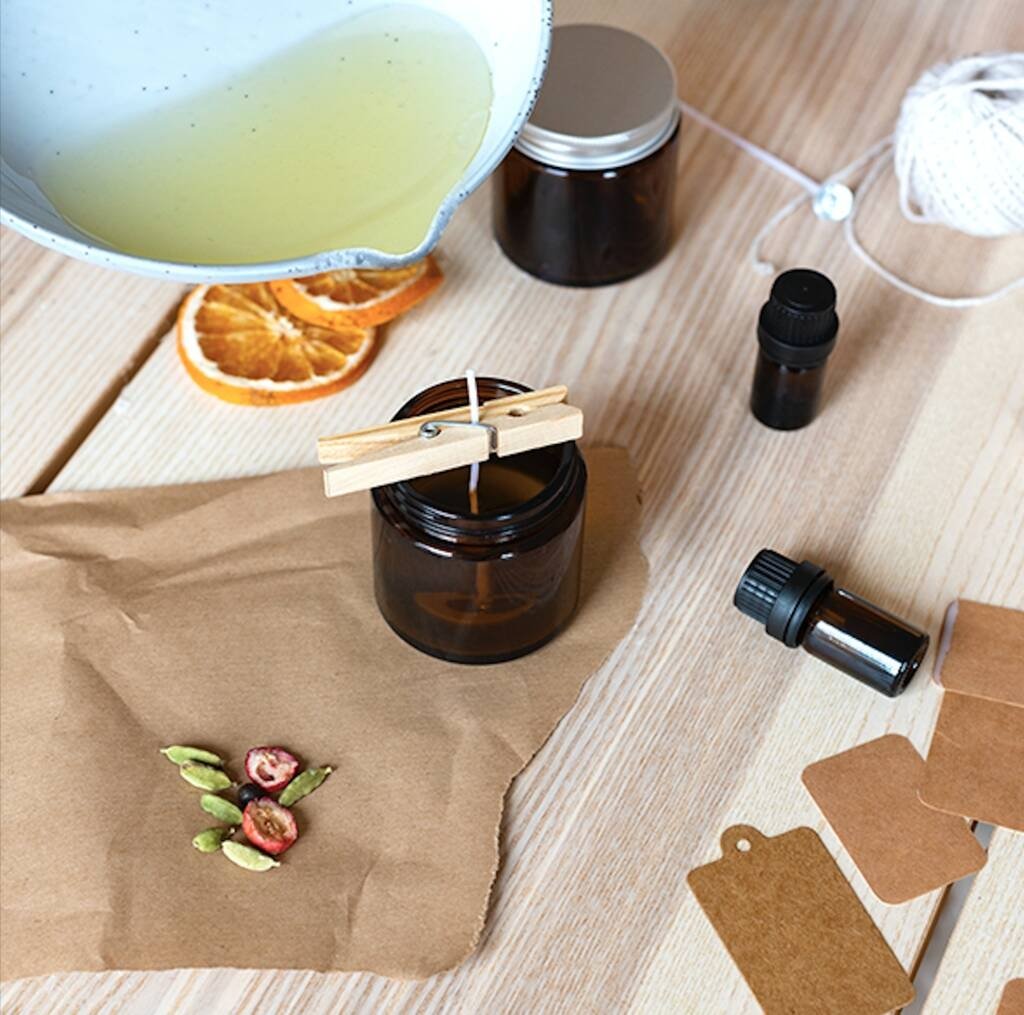Using a candle making process flowchart is essential for streamlining the production of candles, ensuring efficiency, and maintaining quality. This visual representation allows candle makers to have a systematic approach to their craft, guiding them through each step of the process. The benefits of using a process flowchart in the candle making industry include improved productivity, minimized errors, and enhanced overall efficiency.
In the introduction section of this article, we will explore why it is important to have a systematic approach to candle making and highlight the benefits of using a process flowchart. By having a well-defined process in place, candle makers can ensure consistency in their products and optimize their production time.
Candle making involves various stages and requires careful planning and organization to achieve desirable results. With a process flowchart, candle makers can visualize the entire manufacturing process and identify potential areas for improvement. It provides a clear overview of each step involved, allowing for better coordination among team members and minimizing errors that could affect the final product.
Furthermore, utilizing a candle making process flowchart improves efficiency by providing an easy-to-follow guide for every stage. With clearly defined tasks and timelines, candle makers can allocate resources more effectively and speed up their production cycles. The flowchart also helps identify bottlenecks or redundancies in the process that can be eliminated or optimized.
Overall, incorporating a candle making process flowchart into your production ensures smooth operations, consistent quality, and increased productivity. In the following sections of this article, we will delve into understanding the basics of candle making as well as provide guidance on designing an effective flowchart for your specific needs.
Understanding the Basics of Candle Making
Candle making is an ancient craft that has evolved over centuries, and it continues to be a popular hobby and industry today. Before diving into the process of creating a candle making process flowchart, it is essential to have a solid understanding of the basics of candle making. This section will provide a brief overview of the essential materials and equipment needed for candle making as well as explain the different types of candles and their distinct characteristics.
Materials and Equipment
To create candles, several materials and equipment are required. The main component in candle making is wax, which can be derived from various sources such as beeswax, soy wax, or paraffin wax. Other materials include wicks, fragrances or essential oils for scenting the candles, dyes or colorants for adding color, and containers or molds for shaping the candles.
In terms of equipment, some basics include a heat source (stove or microwave), a double boiler or melting pot for melting the wax, a thermometer to monitor temperature, stirring utensils, scales for measuring ingredients accurately, and safety equipment like heat-resistant gloves.
Types of Candles
There are different types of candles that vary in shape, size, and purpose. Container candles are made by pouring melted wax into containers such as jars or tins. They are easy to make and commonly used for home decor or gift purposes. Pillar candles are freestanding candles created by pouring melted wax into cylindrical molds. These types of candles often have intricately textured surfaces.
Taper candles are long and slender with a pointed tip. They are traditionally used as decorative pieces during special occasions like weddings or religious ceremonies. Votive candles are small-sized cylindrical-shaped candles typically placed in votive holders. Lastly, there are tea lights which are small disc-like candles that can be easily burned in small aluminum cups.
By understanding the basics of candle making and familiarizing themselves with the different types of candles, individuals can gain a foundational knowledge that will serve as a building block for planning and designing a candle making process flowchart.
Importance of Planning and Designing a Candle Making Process Flowchart
Planning and designing a candle making process flowchart is an essential step in the candle making industry. This section will highlight the significance of planning the candle making process in advance and discuss the advantages of having a visual representation, such as a flowchart.
One of the primary reasons for planning and designing a candle making process flowchart is to improve efficiency and minimize errors. When creating candles, there are numerous steps involved, such as selecting materials, measuring ingredients, melting and pouring wax, and curing the candles.
By planning out these steps in advance and clearly defining each task in the flowchart, candle makers can streamline their processes and reduce mistakes. This not only saves time but also ensures consistent quality in every candle produced.
Having a visual representation of the candle making process through a flowchart can greatly enhance overall productivity. A flowchart provides a clear roadmap of how tasks should be completed, allowing candle makers to work more efficiently. In addition, it helps identify any bottlenecks or areas where improvements can be made. For example, if one step consistently takes longer than anticipated or causes delays in the overall production timeline, it can be identified and addressed more easily through the flowchart.
Furthermore, a well-designed process flowchart facilitates communication and collaboration among team members involved in the candle making process. It provides everyone with a shared understanding of each task’s sequence and requirements. This promotes effective teamwork, prevents confusion or misunderstandings, and ultimately leads to smoother operations within the candle making business.
Key Elements of a Candle Making Process Flowchart
A candle making process flowchart is a visual representation of the various stages involved in the candle making process. It provides a clear and organized depiction of each step and its specific purpose, allowing candle makers to understand and follow the process more easily. When creating a candle making process flowchart, it is crucial to accurately depict each process step and its associated tasks.
One key element of a candle making process flowchart is breaking down the various stages involved in the process. This includes listing all the necessary steps from gathering materials to packaging the finished candles. By breaking down the process into smaller steps, it becomes easier to identify potential bottlenecks or areas for improvement.
Each step in the flowchart should be described in detail, including key tasks and important considerations. For example, if one step involves melting wax, it is important to specify the type of wax being used as different types have different melting points. Similarly, if wicks need to be prepared before use, it should be clearly stated in the flowchart along with any specific instructions on how to do so.
Accurately depicting each task in the flowchart is crucial for maintaining consistency and minimizing errors. Each task should be defined clearly using concise language that is easy for anyone reading the flowchart to understand. Additionally, it may be helpful to use symbols or colors to indicate specific actions or decisions that need to be made at each step.
Overall, ensuring that all key elements are included in a candle making process flowchart is essential for its effectiveness. Breaking down each stage into smaller steps, providing detailed descriptions for each task, and accurately depicting all processes will contribute to improved efficiency and productivity in candle making operations.
- Breaking down the various stages involved in the candle making process
- Describing each step in detail and its specific purpose
- Emphasizing accurate depiction of each process step and its associated tasks
Creating a Candle Making Process Flowchart
Designing a comprehensive flowchart for candle making requires careful planning and attention to detail. A well-designed flowchart can serve as a visual representation of the entire candle making process, allowing for better organization and improved efficiency. Here is a step-by-step guide on how to create a candle making process flowchart:
Step 1: Identify the Stages Involved in Candle Making
Before creating the flowchart, it is essential to break down the entire candle making process into distinct stages. This typically includes steps such as gathering materials, preparing the wax, adding fragrance or color, pouring into containers or molds, cooling and setting, and packaging. By identifying these stages, you can ensure that all necessary tasks are included in the flowchart.
Step 2: Determine the Sequence of Tasks
Once you have identified the different stages of candle making, determine the sequence in which tasks need to be performed. Consider dependencies between tasks and ensure that each step flows logically into the next. For example, before pouring wax into containers or molds, it is necessary to prepare the wax mixture by melting it.
Step 3: Choose Shapes and Symbols for Each Task
In order to accurately represent each task in your flowchart, select appropriate shapes and symbols. Common symbols include rectangles to represent tasks, diamonds for decision points or branching paths, arrows for indicating directionality or flow of tasks, and ovals for start and end points. Use these shapes consistently throughout your flowchart for clarity.
Step 4: Include Detailed Descriptions of Tasks
To make your flowchart more informative, it is important to provide detailed descriptions of each task. These descriptions should clearly explain what needs to be done at each step and any specific instructions or requirements related to that task. This ensures that anyone following the flowchart will have a clear understanding of what needs to be done.
Step 5: Review and Refine the Flowchart
Once you have completed your initial flowchart, review it for accuracy and clarity. Ensure that all tasks are logically arranged, the flow of the process makes sense, and there are no missing or redundant steps. Consider seeking feedback from others involved in the candle making process to identify any areas that can be improved or streamlined.
By following this step-by-step guide, you can create a comprehensive and user-friendly candle making process flowchart. Remember that a well-designed flowchart can serve as a valuable tool for improving efficiency and minimizing errors in your candle making operations.
Visualizing the Candle Making Process Flowchart
One of the key advantages of using a candle making process flowchart is the ability to visually represent each step of the process. This visual representation allows for better understanding and comprehension of the workflow, making it easier to identify potential bottlenecks or areas for improvement. In this section, we will explore some examples and templates that can help you create your own candle making process flowchart.
To begin, let’s take a look at some visually appealing examples of candle making process flowcharts. These examples serve as inspiration and can help you understand how different steps in the process are represented graphically. From simple and straightforward designs to more complex and detailed flowcharts, there are countless possibilities when it comes to visualizing your own candle making process.
Fortunately, there is a wide range of templates and software available that can ease the process of creating a flowchart for your candle making business. Many software packages include pre-made templates specifically designed for manufacturing processes, including candle making. These templates often come with built-in shapes, symbols, and lines that represent various tasks and decision points in the workflow.
If you prefer a more hands-on approach or want complete control over the design of your flowchart, there are also several websites where you can find blank templates that you can customize according to your specific candle making process. These customizable templates allow you to add or remove steps as needed, change the layout or color scheme, and insert additional information or notes relevant to each step.
Strategies for Implementing and Optimizing the Candle Making Process Flowchart
Implementing and optimizing a candle making process flowchart requires careful planning and consideration. Here are some key strategies to effectively integrate the flowchart into your production setting and continuously improve the candle making process:
- Clear Communication: Effective communication is crucial when implementing any new system or process. Clearly communicate the purpose, benefits, and expectations of using a candle making process flowchart to all members of your team. Encourage open dialogue and address any concerns or questions they may have. This will ensure everyone understands the importance of the flowchart and their role in following it accurately.
- Training and Education: Provide comprehensive training sessions to educate your staff on how to read and interpret the flowchart. Emphasize the significance of adhering to each step and its associated tasks for consistent results. Additionally, update training materials regularly to align with any changes or updates made to the flowchart.
- Continuous Improvement: The candle making process flowchart should not be set in stone but rather seen as a dynamic tool for improvement. Regularly review and analyze each step of the process in relation to the flowchart. Seek feedback from your team members on any challenges they encounter or suggestions for improvement. Use this feedback to make necessary adjustments to the flowchart, ensuring it remains an accurate representation of your specific candle making process.
- Quality Control Measures: Incorporate quality control checks at various stages of the candle making process as indicated in the flowchart. Establish clear criteria for assessing product quality, such as burn time, fragrance strength, or appearance. Conduct regular inspections to ensure adherence to these standards and make any necessary modifications based on feedback received from customers or testing results.
- Automation and Technology Integration: Explore opportunities for automating certain aspects of the candle making process using technology tools such as software or machinery integrated with your existing workflow based on the flowchart’s guidelines. Automating repetitive tasks can significantly enhance efficiency while reducing human error.
- Adaptability: Recognize that the candle making process flowchart is not static and may require modifications over time. Factors such as changes to suppliers, equipment, or raw materials may necessitate adjustments to the flowchart. Stay open to feedback and be willing to adapt and evolve your process accordingly to optimize efficiency and achieve better results.
By employing these strategies, you can effectively implement and optimize a candle making process flowchart in your production setting. Continuously review and update the flowchart as necessary to drive ongoing improvements in productivity, quality, and overall success of your candle making business.
Case Studies
In this section, we will explore real-life anecdotes and success stories from candle makers who have implemented process flowcharts in their businesses. These case studies highlight the positive impacts and improvements achieved through the use of flowcharts in the candle making industry. By examining these examples, readers can extract valuable lessons to apply in their own candle making ventures.
One success story comes from a small artisanal candle making company that saw a significant increase in efficiency and productivity after implementing a process flowchart. Prior to using the flowchart, the company experienced frequent delays and errors during the production process, resulting in wasted materials and missed deadlines. However, once they designed and implemented a comprehensive flowchart, they were able to identify bottlenecks and streamline their operations.
The flowchart allowed them to visualize the entire production process, enabling them to optimize each step for maximum efficiency. As a result, their production time decreased by 25%, while maintaining consistent quality standards.
Another inspiring success story comes from a large-scale candle manufacturing facility that used a process flowchart to improve quality control. They noticed that certain batches of candles were consistently defective, costing them time and resources to fix or discard. By creating a flowchart that mapped out each step of the manufacturing process in detail, they were able to identify specific areas where errors commonly occurred.
This allowed them to implement additional quality checks at critical points in the production line, ensuring that any defects were caught early on. As a result of their efforts, they were able to reduce defects by 40% within just a few months.
These case studies demonstrate how implementing a process flowchart can unlock efficiency and excellence in candle making businesses of all sizes. By carefully examining each step of the production process and visualizing it through a flowchart, companies can identify areas for improvement and streamline operations. Whether it’s reducing production time or improving quality control, process flowcharts have proven to be a valuable tool in achieving these goals.
| Success Story | Impact |
|---|---|
| Small Artisanal Candle Maker | Increased efficiency by 25% |
| Large-Scale Manufacturing Facility | Reduced defects by 40% |
Conclusion
In conclusion, implementing a candle making process flowchart can greatly unlock efficiency and excellence in the candle making industry. By having a systematic approach and visual representation of the process, candle makers can experience various benefits.
Firstly, utilizing a flowchart helps in planning and designing the candle making process in advance. This allows for better organization and preparation, leading to smoother operations and reduced errors. The flowchart acts as a blueprint for the entire process, ensuring that all steps are accounted for and followed consistently.
Additionally, a process flowchart improves overall productivity by enhancing efficiency. Each step in the candle making process is accurately depicted in the flowchart, allowing for easy identification of bottlenecks or areas for improvement. By analyzing the flowchart, candle makers can brainstorm innovative ideas to streamline their operations and optimize resource utilization.
Furthermore, implementing a flowchart promotes continuous improvement. Candle makers can use the chart as a foundation for evaluating their processes regularly and seeking feedback from customers or employees. With this information, they can identify areas that need adjustment or enhancement and work towards refining their craft.
In conclusion, by embracing a systematic approach through a process flowchart, candle makers can unlock efficiency and excellence in their businesses. It is essential to invest time and effort into creating an intuitive flowchart that accurately represents each step of the candle making process. With this tool in hand, candle makers will see improvements in productivity, quality control, and creativity throughout their journey.

Welcome to my candle making blog! In this blog, I will be sharing my tips and tricks for making candles. I will also be sharing some of my favorite recipes.





